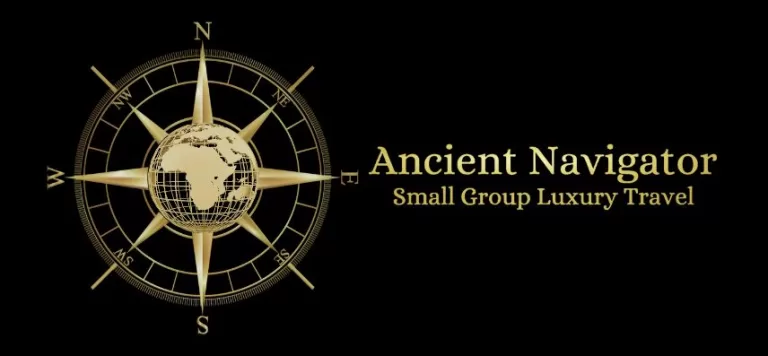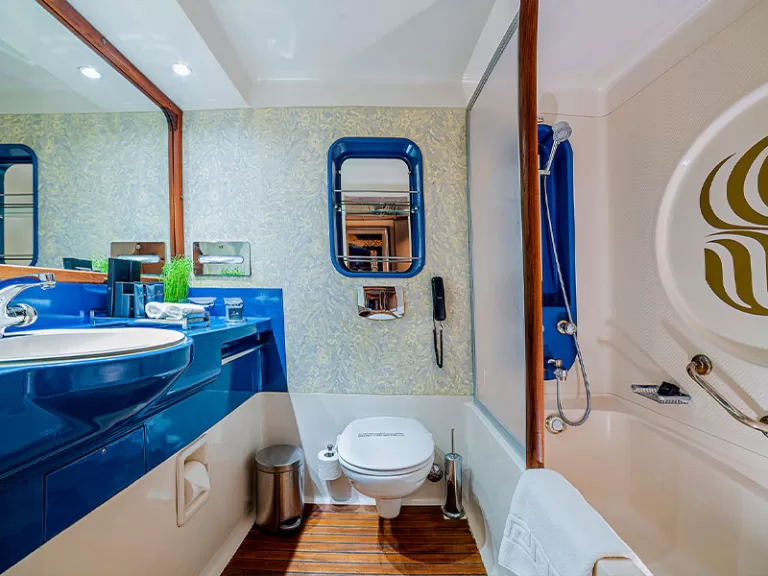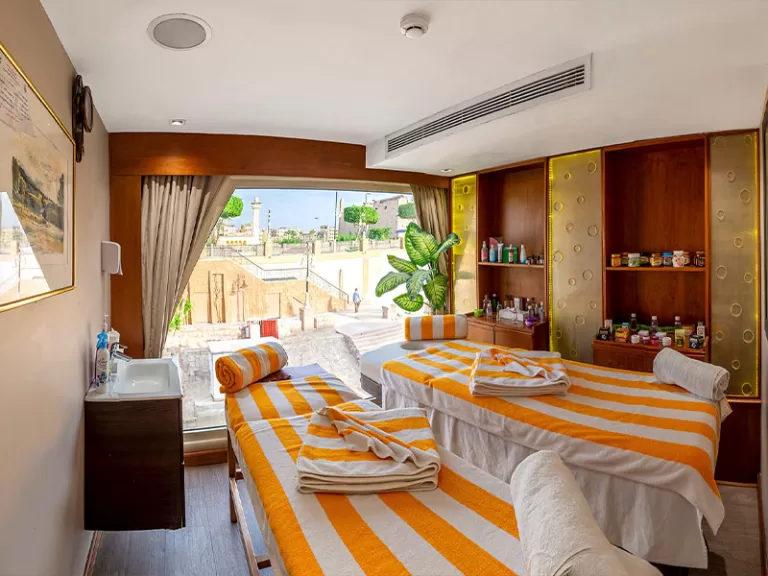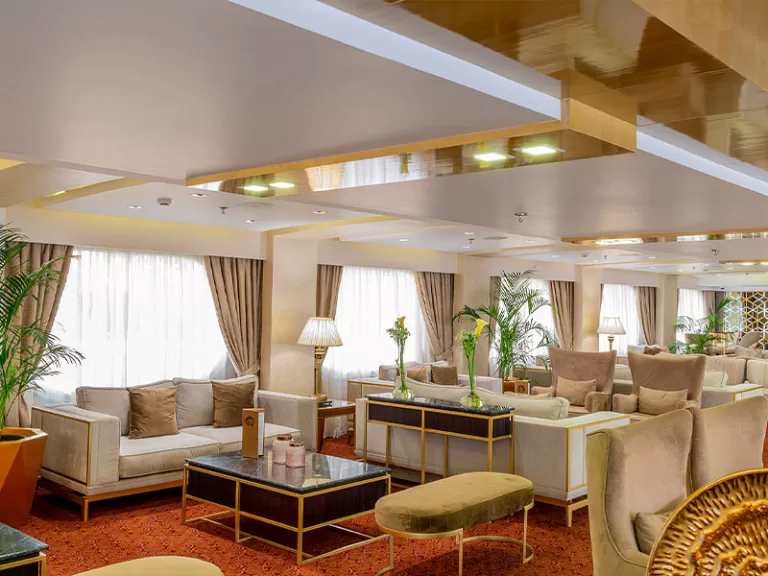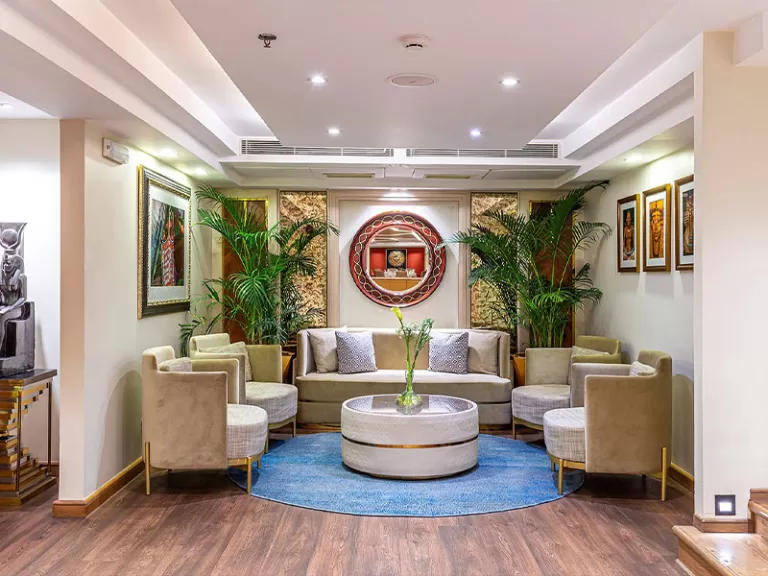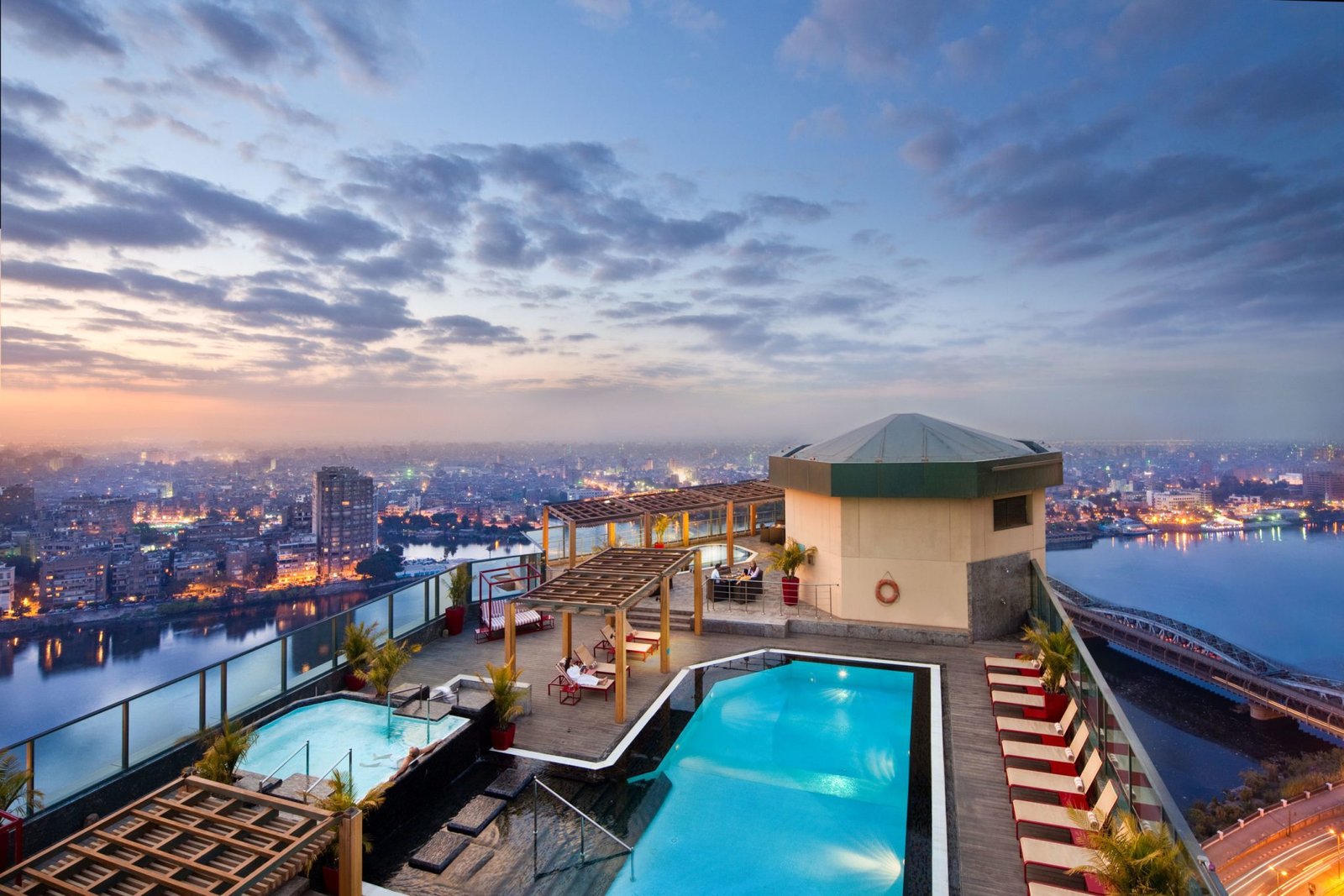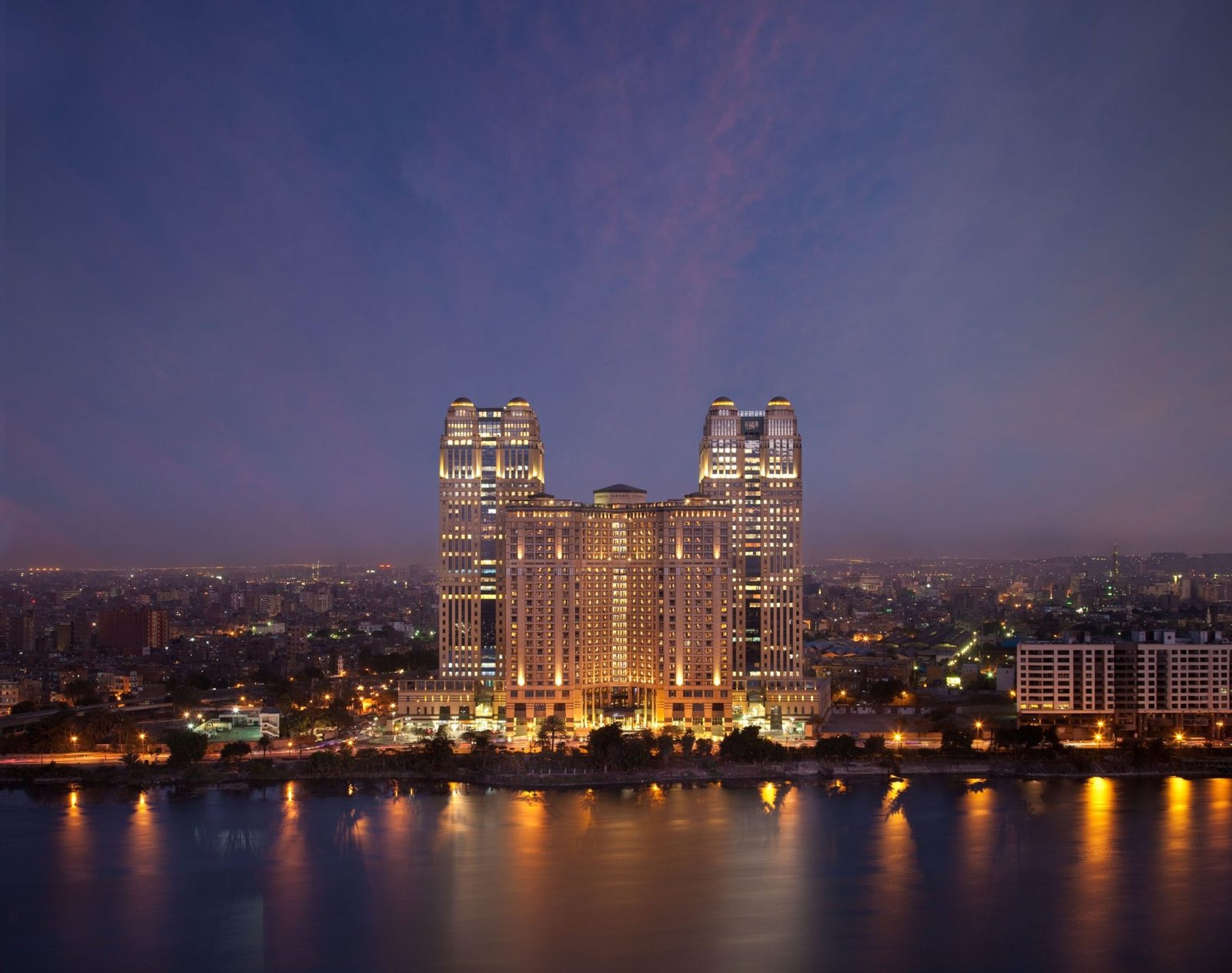Pyramids Reborn: Giza’s $30M Facelift Unveiled
Table of Contents
A New Dawn for a Timeless Giant
For over 4,600 years, the Pyramids of Giza have pierced the desert horizon with stoic magnificence. Standing as a testament to mankind’s earliest and greatest architectural ambitions, they have endured wars, weather, and the unrelenting march of time. But in the last few decades, the real enemy has changed. Not sandstorms or tomb raiders—but selfie sticks, motor coaches, and relentless foot traffic. Tourism, the very force that brought global reverence, was also grinding away at the integrity of Egypt’s most precious monument.
But Egypt isn’t surrendering its crown jewel to time or tourists. It’s doubling down with a $30 million transformation project aimed not just at preservation, but elevation—turning Giza from a chaotic, overcrowded relic into a world-class cultural experience. The kind of place where the past and future collide, where digital kiosks meet ancient stones, and where you don’t just visit history—you live it.
TL;DR:
Egypt has launched a sweeping $30 million facelift of the Pyramids of Giza. This post dives into what’s changing, why it matters, who’s complaining, and what it all means for you, the traveler. Expect enhanced access, electric buses, a new visitor center, cleaner facilities, tighter security, and integration with the Grand Egyptian Museum—alongside passionate debates about authenticity and preservation. If you’ve ever dreamed of standing before the pyramids, there’s never been a better time. Or a more controversial one.
Key Takeaways from Giza’s $30 Million Transformation
Giza is no longer the same dusty, disorganized site. With a new road system, eco-friendly transportation, and a sleek visitor center, your first impression is no longer chaos, but class.
The pyramids are getting protection from the very crowds that love them. New rules, regulated vendors, and redesigned walkways ensure the ancient structures are shielded from damage.
This is a bold play to make Egypt the top tourist destination in Africa again. After losing ground to Morocco, Egypt is firing back with infrastructure, marketing, and a modern museum to rival the Louvre.
But not everyone is thrilled. Archaeologists are clashing with developers, street vendors are being displaced, and questions about authenticity are swirling.
For travelers, this means a more immersive, accessible, and meaningful experience. But it also means navigating a site that’s still evolving, and weighing what gets lost in the name of progress.
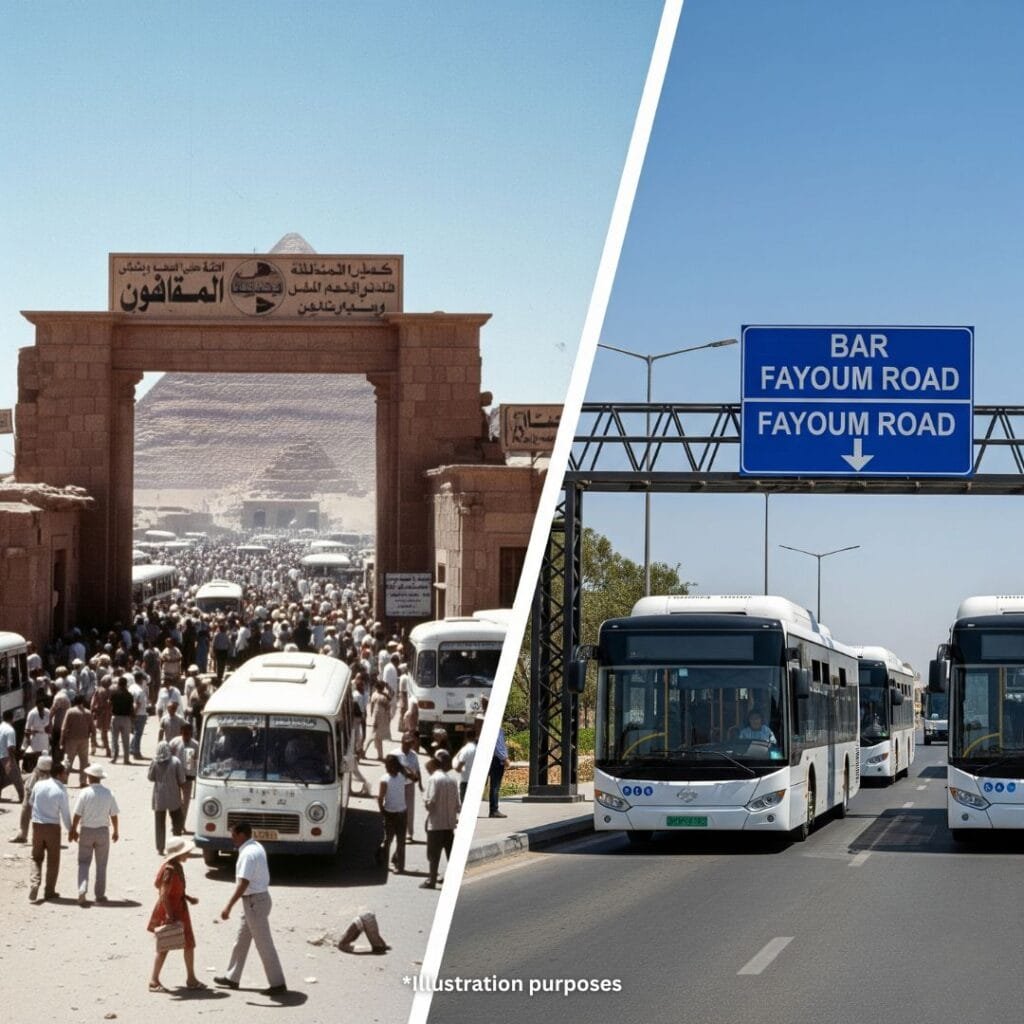
The Grand Transformation: What $30 Million Buys You in the Desert
Let’s be clear—this isn’t a coat of paint. This is a complete operational overhaul of how the Pyramids of Giza are experienced, managed, and preserved. Think less about static monuments and more about a dynamic museum campus that stretches across the Giza Plateau.
Streamlined Access: Getting In Is Half the Experience
In the past, arriving at the Pyramids meant being swallowed by a sea of honking taxis, harassing vendors, and unofficial tour guides who hustled harder than a Vegas card shark. It was overwhelming, disjointed, and, frankly, off-putting.
Enter the new Fayoum Road main entrance. Designed to replace the aging Sphinx Gate as the primary access point, this route transforms entry from frantic to functional. There are now clear lanes for buses, cars, and electric shuttles. Parking doesn’t feel like a desert expedition anymore—it’s paved, organized, and shaded.
But the real game-changer? Electric buses. The new “hop-on, hop-off” fleet of air-conditioned, eco-friendly vehicles glides between stops like Panorama One, Menkaure, Khufu, and the Sphinx. No more diesel fumes. No more dodging donkey carts. This is heritage tourism, streamlined.
Visitor Amenities Reimagined: The Comfort of Modernity
Giza’s new visitor center looks more Silicon Valley than Sahara. Inside, there are interactive maps, ticketing kiosks, and AR experiences that let you peel back the layers of history. Want to see what the Great Pyramid looked like with its original limestone casing? There’s an app for that.
Each major stop along the internal bus route has been outfitted with shaded seating, clean restrooms (finally), first-aid stations, restaurants, and bazaar areas. But this isn’t just about food and souvenirs. The signage is now bilingual, informative, and engaging. There are digital kiosks that give you contextual history, site timelines, and even real-time crowd updates.
Accessibility has also seen a massive upgrade. Ramps and smooth walkways now make the site wheelchair-friendly, a detail long overdue but hugely appreciated.
Cleaning House: Fixing What Was Broken
Let’s talk about the elephant—or camel—in the room. One of the biggest complaints from past visitors? Aggressive sales tactics and questionable animal treatment.
The facelift addresses both head-on. Vendors and guides must now be licensed. Pricing structures are standardized and monitored. Rogue sellers have been relocated to designated areas with oversight. It’s still local commerce, but now it has rules.
Animal welfare has also received serious attention. New shelters for camels and horses provide shade and water, and on-site veterinary clinics monitor health conditions. There’s even a public campaign encouraging visitors to opt for electric transport instead.
Meanwhile, the entire site has been wired with surveillance cameras, and a professional security team manages entry and exit. Trash? It’s being collected systematically. The result is an archaeological site that feels respected, not exploited.
GEM Integration: One Seamless Cultural Experience
This isn’t a standalone upgrade. It’s part of a grander vision to connect the Pyramids of Giza to the Grand Egyptian Museum (GEM), just a short distance away.
Now, with a single ticket, visitors can experience the pyramids, then hop on a GEM shuttle and walk through the world’s largest archaeological museum, featuring thousands of previously unseen artifacts, including every known relic from King Tutankhamun’s tomb.
You’re not just visiting a tomb. You’re journeying through 5,000 years of civilization, in one of the most ambitious cultural tourism integrations on Earth.
The Grand Egyptian Museum is a must visit, especially if you’re in Cairo.
Why Now? The Strategic Vision Behind the Upgrade
Egypt isn’t just preserving history. It’s planning a comeback.
After years of political turmoil and a pandemic that decimated global travel, Egypt has its eyes on a bold number: 30 million annual tourists by 2030. In 2024, it welcomed just over 15 million. The gap is both daunting and full of promise.
What’s the strategy? Modernize infrastructure. Improve perception. Deliver world-class experiences. And put Giza back on top of every travel bucket list.
There’s also competitive pressure. Morocco has overtaken Egypt as Africa’s most visited destination, thanks in part to easier access, polished cities, and marketing savvy. Egypt’s response? Big, bold, and backed by a public-private partnership with Orascom Pyramids Entertainment.
Yes, the private sector is now managing one of the world’s oldest heritage sites. And while that raises eyebrows, it also brings in professional operations, better guest services, and, perhaps most importantly, accountability.

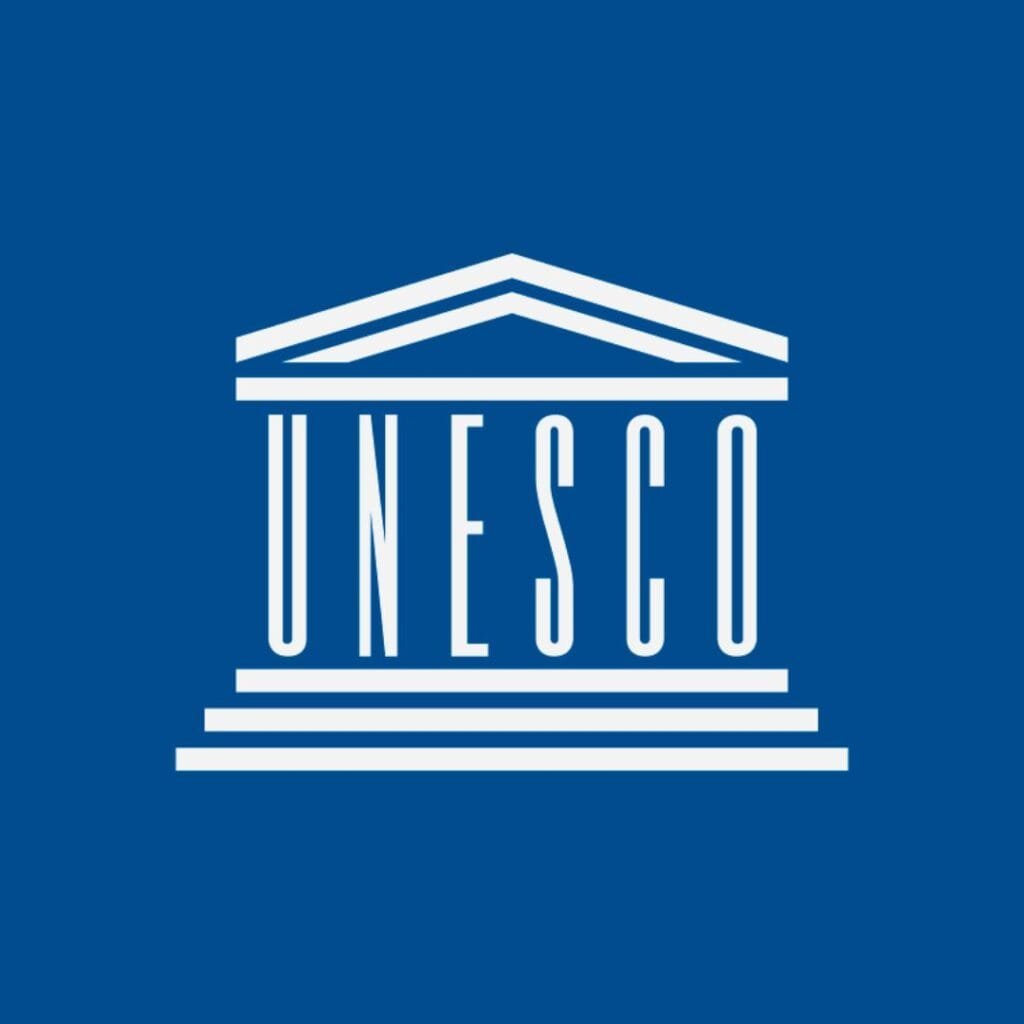
Controversy in the Desert: Critics Fire Back
Not everyone is clapping.
The most heated debate surrounds the restoration of the Menkaure Pyramid’s granite casing. Egypt’s Supreme Council of Antiquities began experimenting with reattaching original granite blocks to the base. Critics, including prominent Egyptologists, exploded. They called it “archaeological malpractice,” likening it to “straightening the Leaning Tower of Pisa.”
UNESCO quickly got involved, demanding more transparency and warning against irreversible changes that could violate international preservation standards. It’s a fierce debate: restoration versus conservation, enhancement versus distortion.
Meanwhile, the vendor relocation program has sparked economic distress for hundreds of families who relied on informal selling. There are protests, petitions, and calls for compensation. While some vendors are now working in new, controlled marketplaces, many say the transition has been poorly handled.
Even enforcement remains a sticking point. Despite new rules, unlicensed guides and unapproved vendors continue to slip through, especially during high-volume weekends. The transformation is ongoing, but so is the resistance.
What This Means for Future Travelers
So, should you go?
Absolutely. But know what you’re stepping into.
First, expect comfort. Bathrooms are no longer nightmares. Food is edible, even good. You can recharge your phone, drink clean water, and navigate without a guide breathing down your neck.
Second, expect structure. Timed tickets are coming. Shuttle maps are available. Tours are vetted.
Third, expect immersion. You’re not just snapping photos. You’re learning, absorbing, and walking paths designed to enhance reverence, not rush.
But there are trade-offs. Part of the old magic—the rawness, the unpredictability—has been smoothed out. Some may miss the grit, the chaos. Others will find relief in the new order.
Above all, you will feel something. That sense of standing in the presence of greatness. Of touching something immortal. That’s still there. Maybe now more than ever.
Conclusion: Preserving Awe While Welcoming the World
The $30 million transformation of the Pyramids of Giza isn’t perfect. It’s bold. It’s ambitious. It’s controversial. But it’s necessary.
For Egypt, it’s a statement of intent: that the world’s oldest wonders deserve the world’s best infrastructure. For travelers, it’s a rare opportunity to experience something ancient through the lens of the future.
Is it flawless? No. Is it finished? Not yet. But if you’ve ever dreamed of seeing the Pyramids, there’s never been a more comfortable, informative, and connected way to do it.
And if you’ve seen them before, it might be time to go again. Because the pyramids haven’t changed in 4,600 years.
Until now.
Join our Email List
About the Author

James
A passionate traveler and writer who loves exploring the world, discovering new places, savoring unique foods, and connecting with fascinating people. Through their writings, James shares personal experiences and stories from every corner of the globe, with the hope that others can one day embark on these adventures for themselves. Whether it's about a hidden gem of a destination or a culinary delight, James's goal is to inspire and spark a sense of wanderlust in their readers.

James
A passionate traveler and writer who loves exploring the world, discovering new places, savoring unique foods, and connecting with fascinating people. Through their writings, James shares personal experiences and stories from every corner of the globe, with the hope that others can one day embark on these adventures for themselves. Whether it's about a hidden gem of a destination or a culinary delight, James's goal is to inspire and spark a sense of wanderlust in their readers.
Past Blog Posts
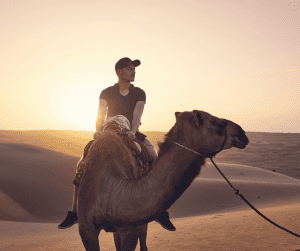
Planning a Trip to Egypt? Here’s How Long You Need
Think you can “do” Egypt in 3 days? Think again. From ancient tombs to Nile-side secrets, this guide reveals why the magic of Egypt demands more than a layover—and shows you exactly how many days you really need to make it unforgettable. Don’t book that flight until you read this.
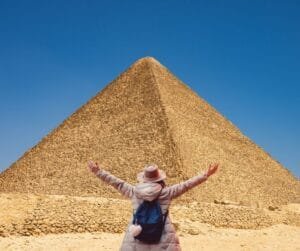
How Far Does $100 Go in Egypt?
Think $100 won’t get you far? In Egypt, it’s a game-changer. From luxury hotels to mouthwatering meals and ancient wonders, see how far your dollar really goes. This guide breaks down real costs, insider tips, and jaw-dropping experiences you can afford—without breaking the bank.
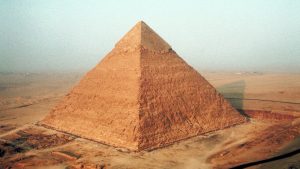
Private Egyptologist Tours: Unlock Egypt’s Hidden Secrets in Luxury
Step beyond the velvet ropes of Egypt’s most iconic sites. With a private Egyptologist as your guide, you’ll uncover hidden chambers, untold stories, and experience ancient wonders far from the tourist crowds. This is discovery at its most exclusive—where history meets luxury.

